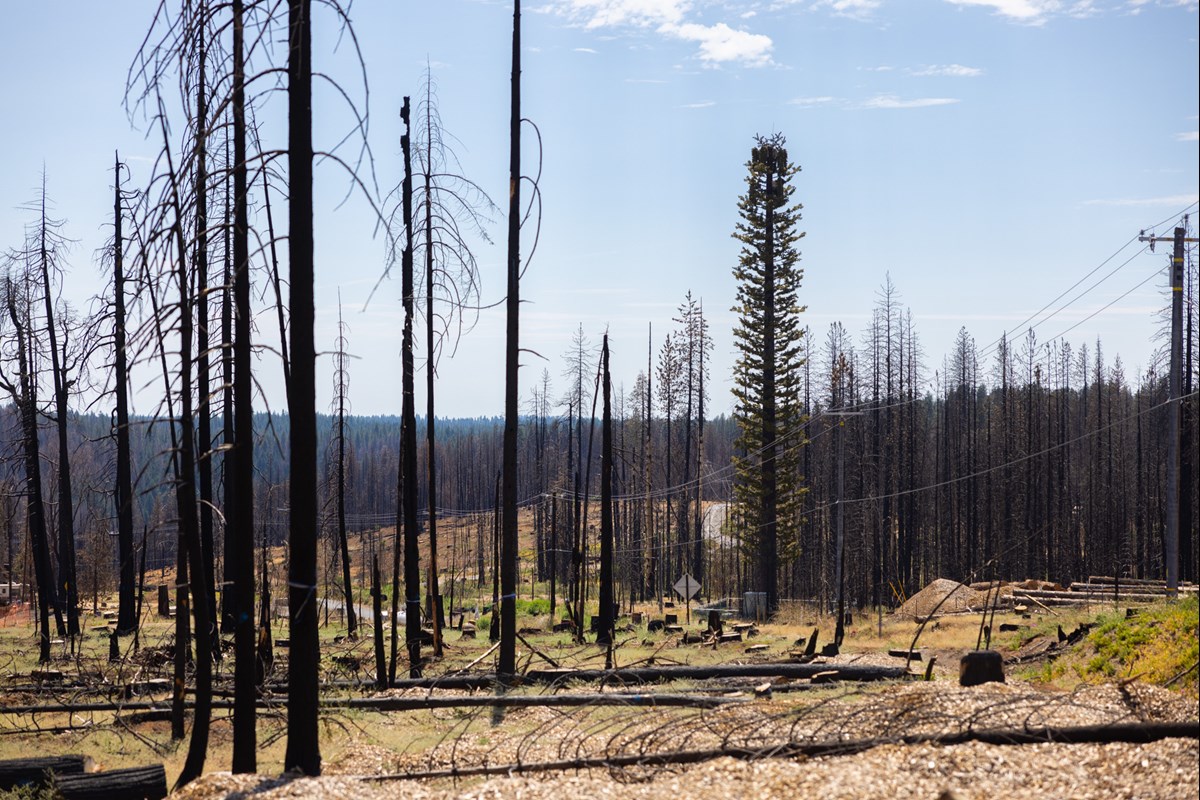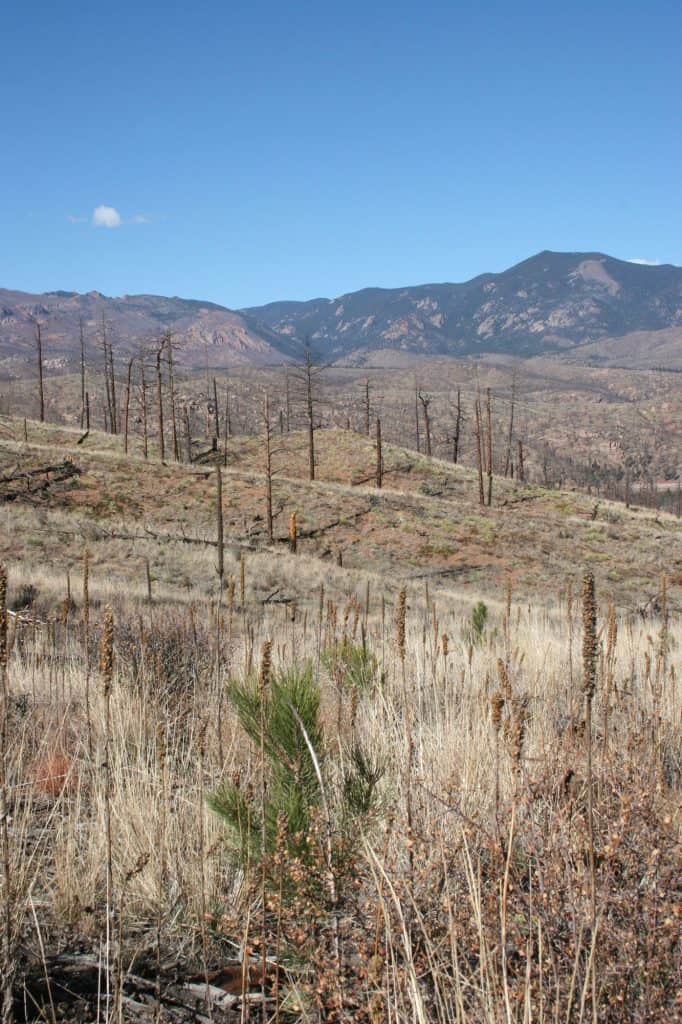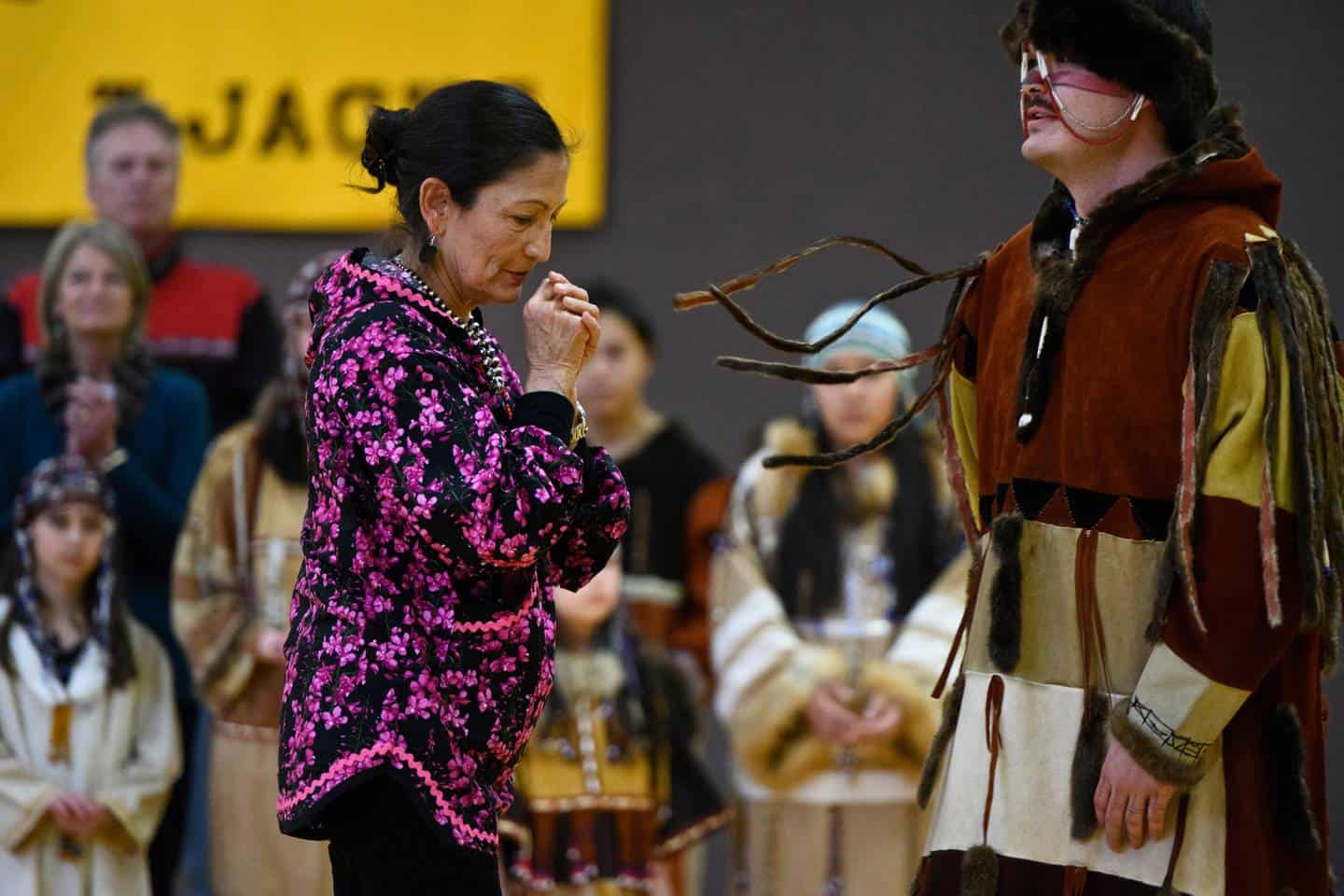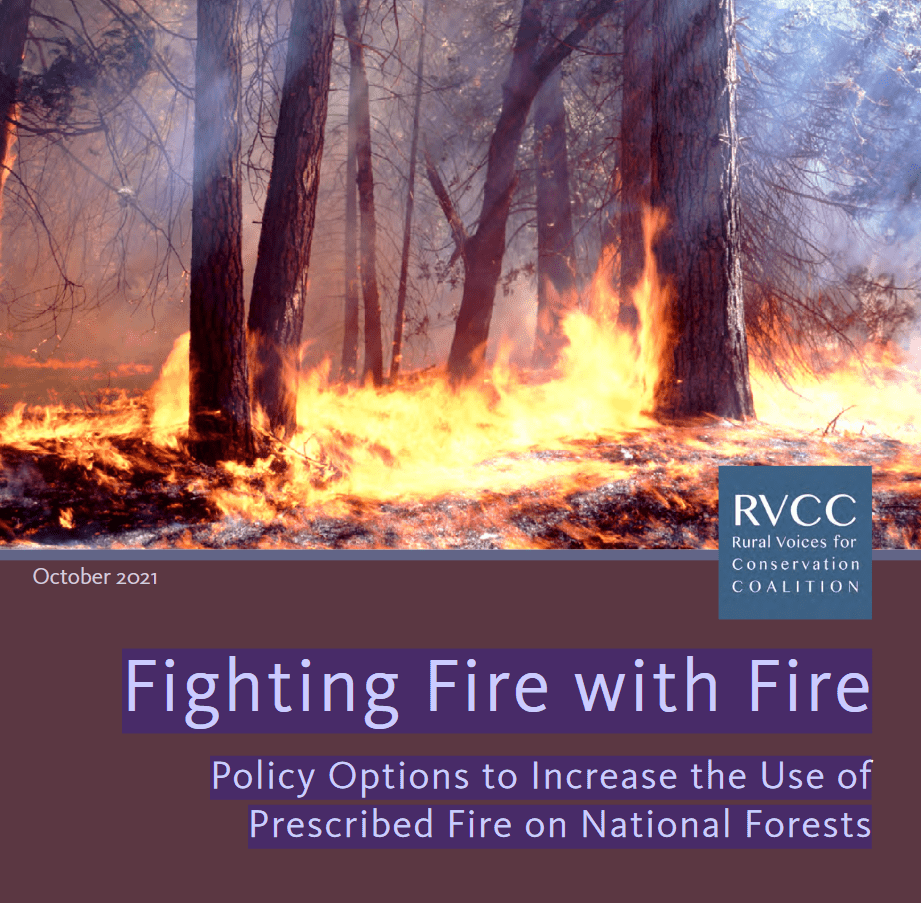
This question came up in the fuel treatment post yesterday, but it is worthy of its own post (wonky as it is). I think there are some misconceptions out there about sensitive species. This is without refreshing my memory (which I should do more often any more), but I was heavily involved in lots of this.
NFMA does not require identification or protection of sensitive species. NFMA requires plant and animal diversity. Habitat for viability is a requirement for diversity in the planning regulations (old and new). Sensitive species have never been found in the planning regulations. To the extent there was an implied regulatory requirement in the 1982 regulations, it was for viable populations of management indicator species (MIS).
“Sensitive species” was apparently created by the Forest Service (I’m guessing the Wildlife staff) as a means of both meeting the NFMA viability requirement and preventing listing under ESA, and requirements for sensitive species (including preparation of a Biological Evaluation) were to be applied to both plans and projects. The details may be found in FSM 2670 (which also addresses ESA requirements) and FSM 2620. The current version of these is dated 2011, prior to the 2012 Planning Rule. (The agency has frozen up in its efforts to update this manual direction.)
This led to a lot of confusion, even by judges, regarding what was required at the project level. It sometimes appeared that parties/judges were saying that the NFMA viability requirement applied to each project (like ESA). At one point (2004ish?), the Forest Service, issued an interpretive rule to clarify that the viability requirement in the 1982 planning regulation applied only to forest plan decisions (unless the plan imposed its own viability requirement on projects, which some did).
It also made this problem a focus of its efforts to produce a new planning rule. Language now makes it clear that nothing in the 2012 Planning Rule applies to projects, and specifically the new requirements for species of conservation concern (SCC) apply only to forest plans (and projects must be consistent with what the plan says).
Meanwhile, forest plans that are being revised are following the new requirements for species of conservation concern. The Forest Service issued an internal letter to regional foresters on June 6, 2016 explaining that it would phase out the sensitive species designation. It recognized that, “As noted in the preamble to the 2012 planning rule, “[Regional Forester Sensitive Species] are…similar to species of conservation concern.” It also stated that, “Applying both systems on the same administrative unit would be redundant.” Consequently, “Once a revised plan is in effect, the Regional Forester’s Sensitive Species list no longer applies to that unit.”
The letter acknowledges that a biological evaluation must still be prepared for a revised forest plan. The letter doesn’t specifically instruct forests that have not revised their plans to keep preparing BEs for projects, but the Manual direction is still in place, so it is still official policy.
One observation I’ve made in reviewing forest plans revised under the 2012 Planning Rule is that sensitive species are often NOT considered “similar to species of conservation concern.” Many sensitive species (with “viability concerns”) have not been designated SCC (“substantial concern about the species capability to persist over the long term in the plan area”) during forest planning. Why is that?
The other thing I’ve seen when forest plans are being revised is that the Forest Service is not doing a very good job of explaining to the public that they are no longer going to have project analysis requirements for at-risk (but not listed) species separate from NEPA, and that some species they used to address at the project-level may not be addressed at all after the forest plan is revised.





